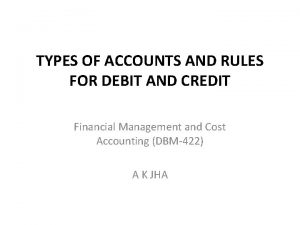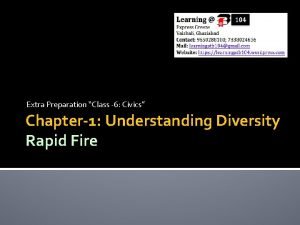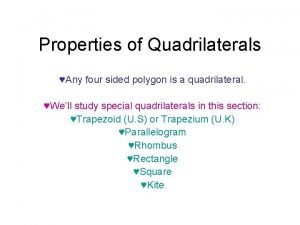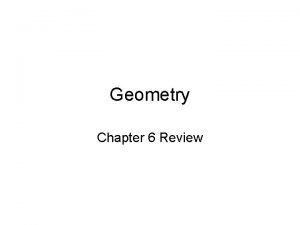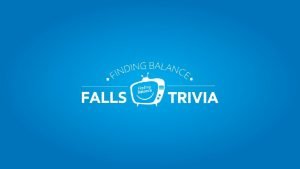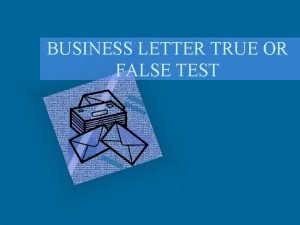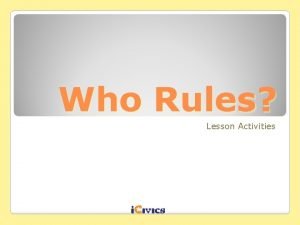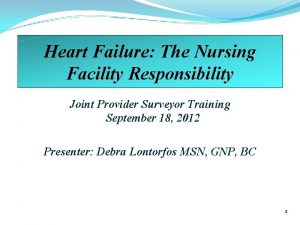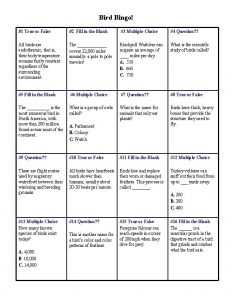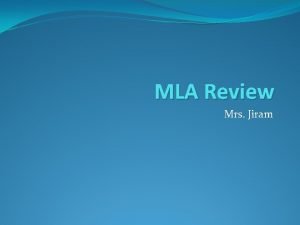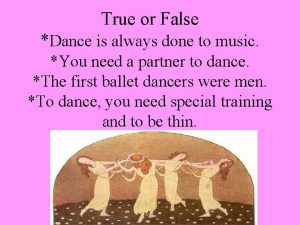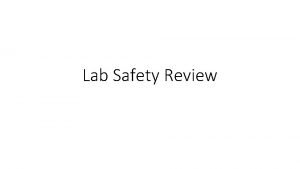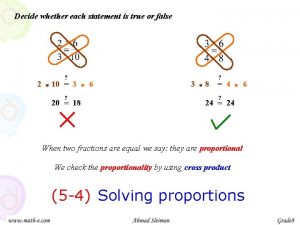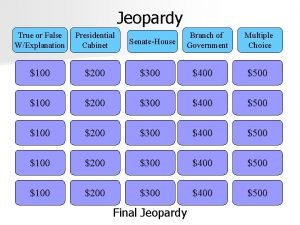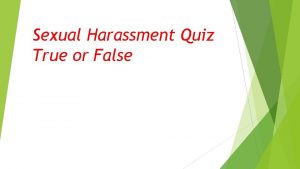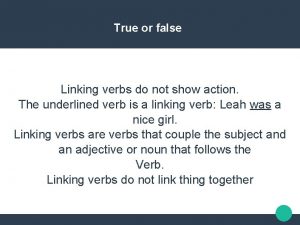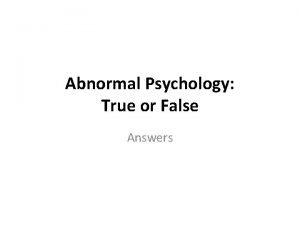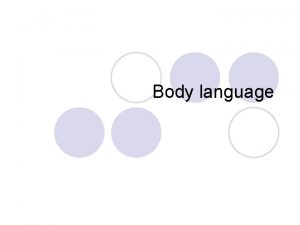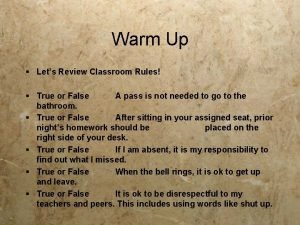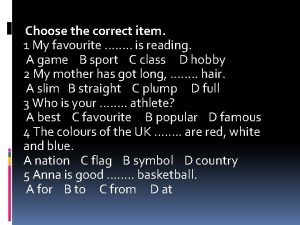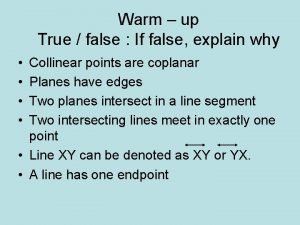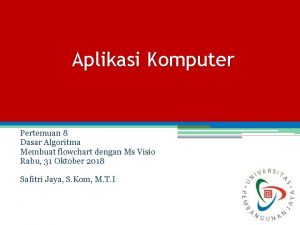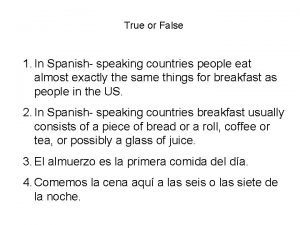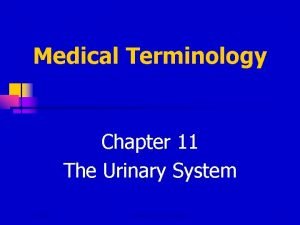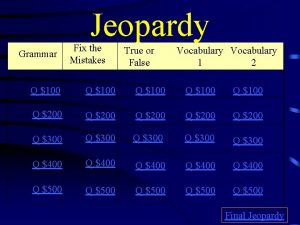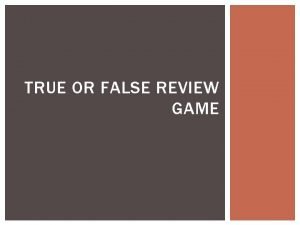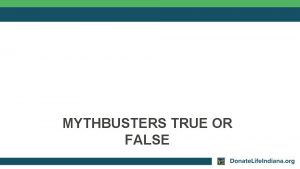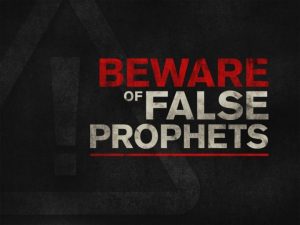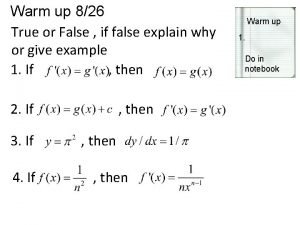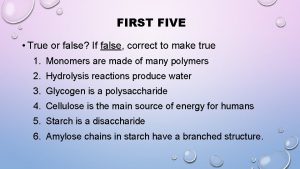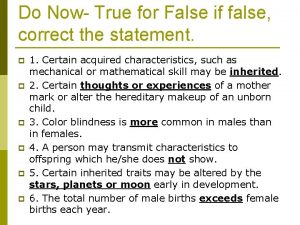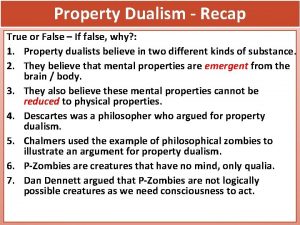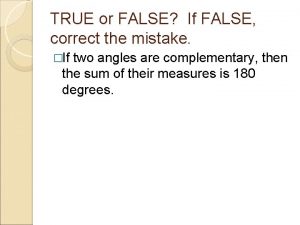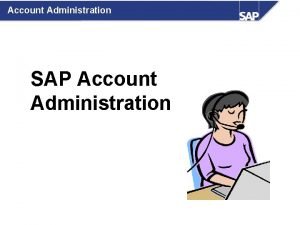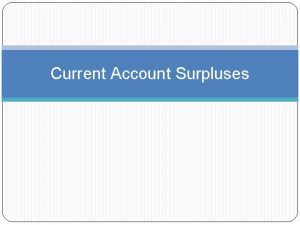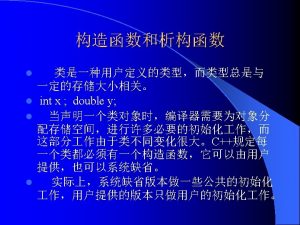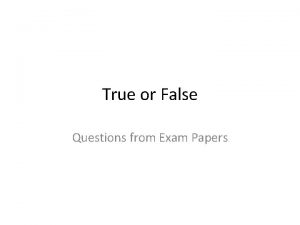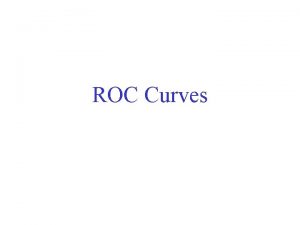True or False An account is the detailed























































- Slides: 55

True or False An account is the detailed record of the changes in a particular asset, liability, or owner's equity.

An account is the detailed record of the changes in a particular asset, liability, or owner's equity. TRUE

True or False A chart of accounts is the book (or printout) holding all of the company's accounts.

FALSE A chart of accounts is the book (or printout) holding all of the company's accounts.

True or False A trial balance is the list of all a company's accounts along with their account numbers.

False A trial balance is the list of all a company's accounts along with their account numbers.

True or False A journal is the chronological record of transactions.

True A journal is the chronological record of transactions.

True or False Debit means right and credit means left.

False Debit means right and credit means left.

True or False An asset account is increased by a debit.

True An asset account is increased by a debit.

True or False An owner's equity account is increased by a debit.

False An owner's equity account is increased by a debit.

True or False The first step in recording a transaction in a journal is to identify each account affected and its type (asset, liability, and so forth).

True The first step in recording a transaction in a journal is to identify each account affected and its type (asset, liability, and so forth).

True or False When recording a transaction in a journal, the credit side is entered first, followed by the debit side.

False When recording a transaction in a journal, the credit side is entered first, followed by the debit side.

True or False The process of copying from the journal to the ledger is called posting.

True The process of copying from the journal to the ledger is called posting.

True or False • The normal balance is the balance that appears on the same side as where increases are recorded �either the debit side or the credit side.

True • The normal balance is the balance that appears on the same side as where increases are recorded �either the debit side or the credit side.

True or False A balance sheet is an internal document used only by company insiders.

False A balance sheet is an internal document used only by company insiders.

True or False The general public generally does not see a company's trial balance.

True The general public generally does not see a company's trial balance.

True or False A trial balance summarizes a ledger by listing all the accounts with their balances.

True A trial balance summarizes a ledger by listing all the accounts with their balances.

• Which of the following is the detailed record of the changes in a particular asset, liability, or owner’s equity? • A. LEDGER • B. ACCOUNT • C. TRIAL BALANCE • D. JOURNAL

• Which of the following is the detailed record of the changes in a particular asset, liability, or owner’s equity? • A. LEDGER • B. ACCOUNT • C. TRIAL BALANCE • D. JOURNAL

• Which of the following is THE BOOK (OR PRINTOUT) HOLDING ALL THE ACCOUNTS? • A. LEDGER • B. ACCOUNT • C. TRIAL BALANCE • D. JOURNAL

• Which of the following is the book (or printout) holding all the accounts? • A. LEDGER • B. ACCOUNT • C. TRIAL BALANCE • D. JOURNAL

• Which of the following is the chronological record of transactions? • A. LEDGER • B. ACCOUNT • C. TRIAL BALANCE • D. JOURNAL

• Which of the following is the chronological record of transactions? • A. LEDGER • B. ACCOUNT • C. TRIAL BALANCE • D. JOURNAL

• Which of the following is the list of all the accounts with their balances? • A. LEDGER • B. ACCOUNT • C. TRIAL BALANCE • D. JOURNAL

• Which of the following is the list of all the accounts with their balances? • A. LEDGER • B. ACCOUNT • C. TRIAL BALANCE • D. JOURNAL

• Which of the following is NOT an example of an asset? • A. building • B. cash • C. notes payable • D. accounts receivable

• Which of the following is NOT an example of an asset? • A. building • B. cash • C. notes payable • D. accounts receivable

• Which of the following is NOT an example of owner’s equity? • A. building • B. cash • C. notes payable • D. accounts receivable

• Which of the following is NOT an example of owner’s equity? • A. building • B. cash • C. notes payable • D. accounts receivable

• Which of the following is an asset? A. Service Revenue B. Salary Expense C. Prepaid Expenses D. Accounts Payable

• Which of the following is an asset? A. Service Revenue B. Salary Expense C. Prepaid Expenses D. Accounts Payable

• Which of the following is a liability? A. Service Revenue B. Salary Expense C. Prepaid Expenses D. Accounts Payable

• Which of the following is a liability? A. Service Revenue B. Salary Expense C. Prepaid Expenses D. Accounts Payable

• The accounting process of copying a transaction from the journal to the ledger is which of the following? A. Footing B. Posting C. Journalizing D. Proofing

• The accounting process of copying a transaction from the journal to the ledger is which of the following? A. Footing B. Posting C. Journalizing D. Proofing

A chart of accounts is which of the following? A. B. C. D. A book (or printout) holding all the accounts A list of all the accounts with their balances A chronological record of transactions A list of all the accounts with their account numbers

A chart of accounts is which of the following? A. B. C. D. A book (or printout) holding all the accounts A list of all the accounts with their balances A chronological record of transactions A list of all the accounts with their account numbers

Which of the following accounts increase due to a credit? A. B. C. D. Cash Owner’s capital Accounts receivable Both a & b

Which of the following accounts increase due to a credit? A. B. C. D. Cash Owner’s capital Accounts receivable Both a & b

Which of the following accounts decrease due to a debit? A. B. C. D. Cash Prepaid insurance Interest payable Both a & b

Which of the following accounts decrease due to a debit? A. B. C. D. Cash Prepaid insurance Interest payable Both a & b

A business makes a cash payment of $12, 000 to a creditor. Which of the following occurs? A. B. C. D. Cash is credited for $12, 000 Cash is debited for $12, 000 Accounts payable is credited for $12, 000 Both A & C

A business makes a cash payment of $12, 000 to a creditor. Which of the following occurs? A. B. C. D. Cash is credited for $12, 000 Cash is debited for $12, 000 Accounts payable is credited for $12, 000 Both A & C

 True or false true or false
True or false true or false 3 types of accounts
3 types of accounts If true false
If true false Kerala women wear fanek true or false
Kerala women wear fanek true or false 4 sided shape
4 sided shape Classify each statement as true or false
Classify each statement as true or false Yang termasuk tipe data perbandingan adalah …
Yang termasuk tipe data perbandingan adalah … True or false calculator
True or false calculator True-false physical activity clues answers
True-false physical activity clues answers Sentences with decide
Sentences with decide In business letter a salutation is generally followed by a
In business letter a salutation is generally followed by a Theocracy can coexist with monarchy true or false
Theocracy can coexist with monarchy true or false Type of symmetry
Type of symmetry True or false
True or false To whom much is given much is required meaning
To whom much is given much is required meaning True or false
True or false True false
True false Bird true or false questions
Bird true or false questions True or false: mla requires a title page.
True or false: mla requires a title page. Folk dance is always done by music
Folk dance is always done by music Grains are types of grasses. true false
Grains are types of grasses. true false If acid is splashed on your skin, wash at once with *
If acid is splashed on your skin, wash at once with * Which of these statements is true
Which of these statements is true Decide whether each statement is true or false.
Decide whether each statement is true or false. Framton sees a ghost. true false
Framton sees a ghost. true false Christmas true or false
Christmas true or false Wexplanation
Wexplanation Cells are the basic unit of life true or false
Cells are the basic unit of life true or false Sexual harassment quiz
Sexual harassment quiz All verbs show action true or false
All verbs show action true or false True or false science questions
True or false science questions Write true or false according to the text
Write true or false according to the text Percent increase and decrease maze answer key
Percent increase and decrease maze answer key Psychology true or false
Psychology true or false Body language is universal true or false
Body language is universal true or false Chapter 3 true or false
Chapter 3 true or false Write true or false for each statement
Write true or false for each statement College jeopardy questions
College jeopardy questions The rules of the classroom true or false
The rules of the classroom true or false Air mass vocabulary
Air mass vocabulary True and false questions about smoking
True and false questions about smoking Look at the picture and choose the correct item
Look at the picture and choose the correct item True or false nutrition questions
True or false nutrition questions True or false
True or false True or false? explain.
True or false? explain. Flowchart true false
Flowchart true false Boolean operators table
Boolean operators table Me encantan los espaguetis. son muy _____.
Me encantan los espaguetis. son muy _____. How to answer true or false questions
How to answer true or false questions True vocal folds and false vocal folds
True vocal folds and false vocal folds Urethrorrhea is bleeding from the urethra. a. true b. false
Urethrorrhea is bleeding from the urethra. a. true b. false Chapter 41 telephone techniques true or false
Chapter 41 telephone techniques true or false True or false questions on research methodology
True or false questions on research methodology Read the sentences and decide if they are
Read the sentences and decide if they are A computer makes mistakes true or false
A computer makes mistakes true or false Ommnivores
Ommnivores

